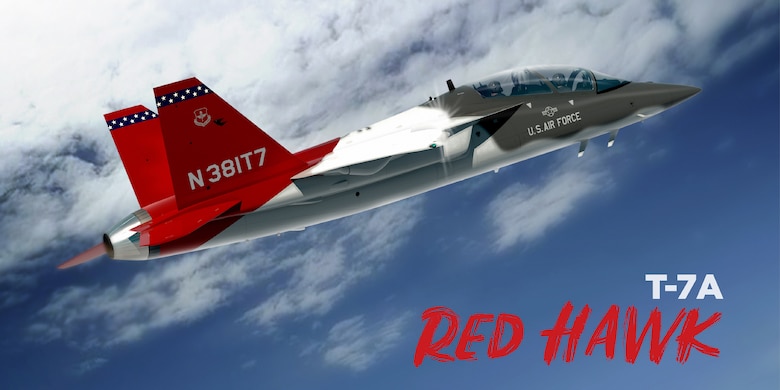- Reaction score
- 146
- Points
- 710
Meanwhile in Israel:
Mark
Ottawa
Crunch Time For Israeli Air Force: F-15X Or F-35?
Last month, the defense ministry issued official inquiries into acquiring both aircraft -- but, for now, the budget can buy only one.
Just like the US, Israel is wrestling with whether to buy Lockheed’s all-new, stealthy F-35s or the latest upgrade of Boeing’s long-serving F-15. But Israel must make this decision under extraordinary external and internal pressure. From without, it must conduct airstrikes on Iranian-linked targets in Syria amidst rising tensions with Iran. From within, it must find funding despite a growing budget deficit and an embattled Netanyahu government headed for its second general election in five months this September.
“A decision and an acquisition must start now,” an Israeli senior source told Breaking Defense. Ideally, the Israeli Air Force wants a squadron of each type, at $2.5 to $3 billion apiece. (In contrast to the debate in the US, the Israelis don’t see any significant difference in the two airplanes’ operations and maintenance costs). But practically, given the tight budget, the IAF has to choose which fighter to buy first and which to delay for several years.
Last month, the defense ministry issued official inquiries into acquiring both aircraft: a Request For Information (RFI) for the F-15X, which would count as a new acquisition, and a Price & Availability (P&A) request for the F-35I, since that would be adding more aircraft to an ongoing purchase. Israel has bought 50 F-35s to date and has long intended to buy 25 more; it operates some 25 older-model F-15I strike fighters.
The stealthy F-35 is better able to slip through advanced air defenses like the Russian-made S-300s now in Syria, but the F-15X can carry heavier bomb loads: 29,500 pounds for the F-15X versus 22,000 for the F-35 in a “beast mode” that gives up stealth. The F-35 has uniquely advanced electronics that enable to scout ahead and spot targets for other aircraft — such as F-15s — but the F-15X is more easily modified with Israeli equipment.
Israel has invested heavily in recent years in the battlefield networks required to share data between aircraft. While most of these systems are highly classified, one major example we can discuss is Rafael’s BNET. Rafael VP Yoav Wermuth described BNET as uniquely capable of autonomously managing congested radio spectrum to simultaneously handle large numbers of transmissions, process them, and merge them into a single wideband IP network with high data rates, many users, and minimal delays. BNET has been employed in recent exercises where F-35s transmitted large amounts of targeting data to other parts of the force.
#Israel Air Force successfully used #Rampage for first time. Due to the danger of #Syria Air Defense Force's S-300PM-2s, #Israel Air Force had to use the rocket to target a rocket/ ballistic missile factory + weapon warehouses of #IRGC proxies in #Masyaf, #Syria on 13/04/2019: https://t.co/4YjD7ySZ5O
— Babak Taghvaee (@BabakTaghvaee) April 14, 2019
Another home-made system of keen interest to the Israeli Air Force is the Rampage missile, reportedly used in recent strikes in Syria, where its long range allowed it to be launched from beyond the range of Syrian anti-aircraft systems, its combination of supersonic speed and maneuverability allows it to avoid being shot down, and its precision limits collateral damage [emphasis added]. The weapon was jointly developed by Israeli Military Industries (IMI) and Israel Aerospace Industries (IAI). While the companies cannot confirm any combat use of Rampage, they did note the missile is well-suited to strike command posts, air bases, maintenance depots, and other targets defended by advanced anti-aircraft weapons.
“We need a heavy truck for these systems,” one source told Breaking Defense. That kind of thinking would favor the F-15X [emphasis added].
But another perspective favors the F-35 for its combination of stealth, sensors, and communications that allow it to gather and share intelligence, including targeting data, over networks such as BNET. “With the threats Israel faces, this capability is essential,” a source said.
A decision is expected by the new government to be formed after September’s elections.
https://breakingdefense.com/2019/07/crunch-time-for-israeli-air-force-f-15x-or-f-35/
Mark
Ottawa




